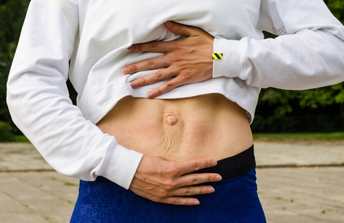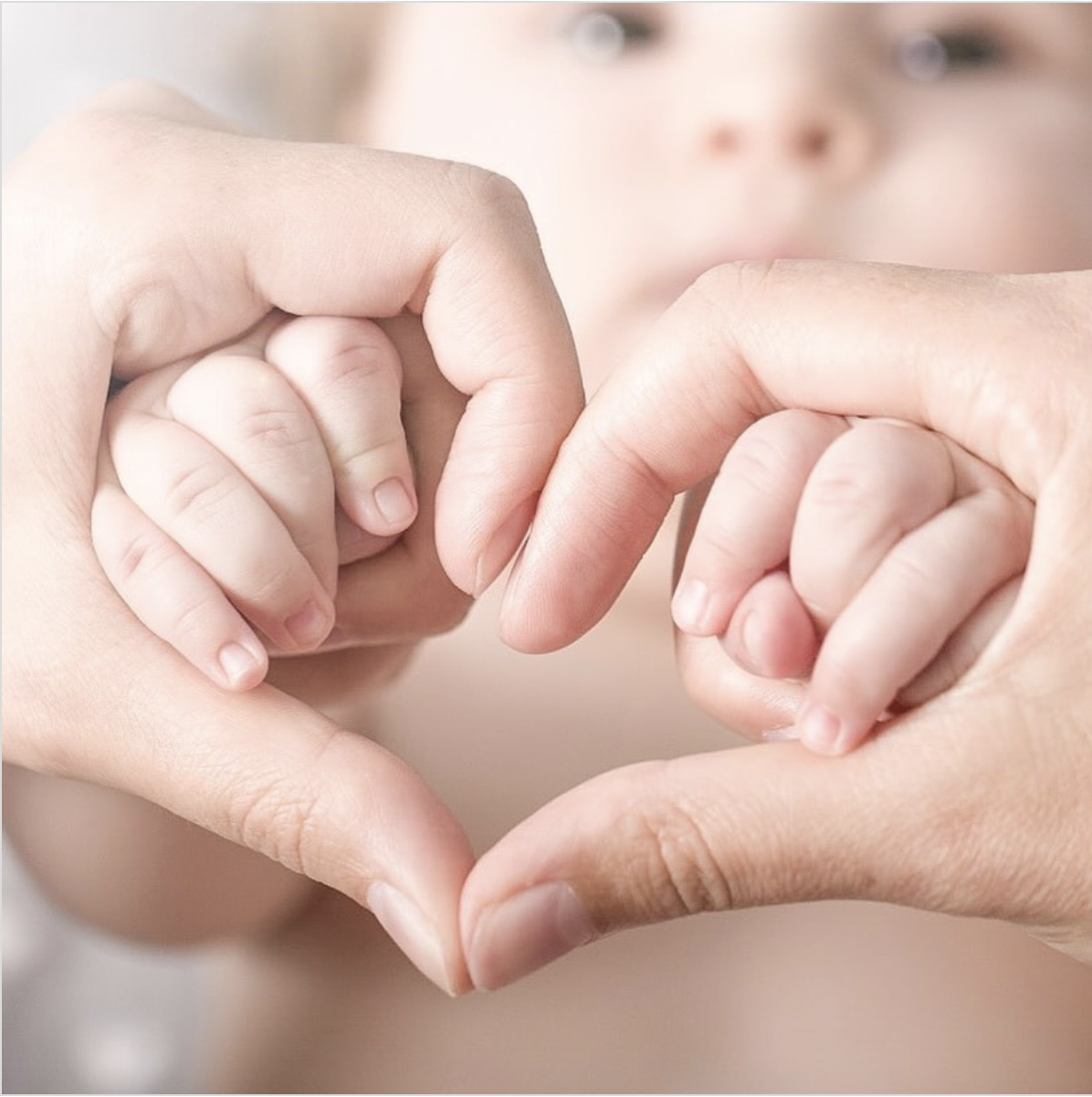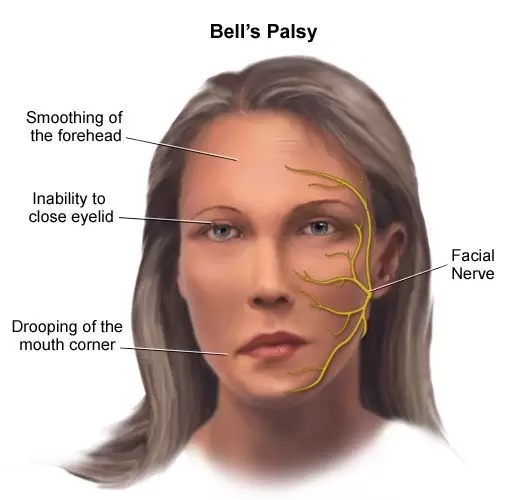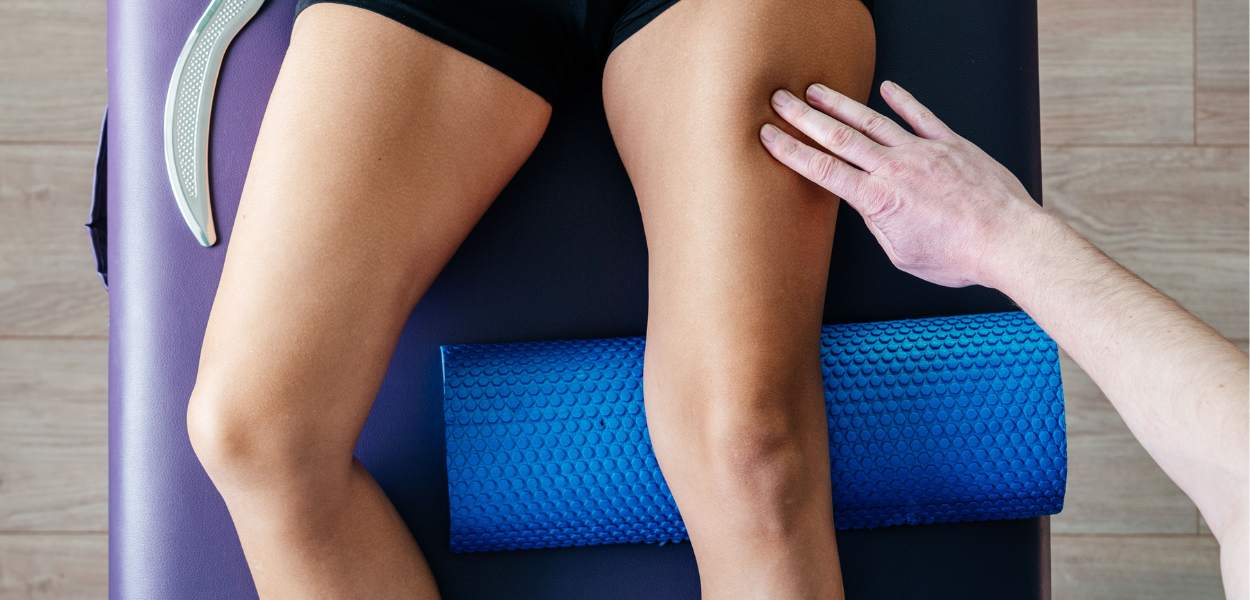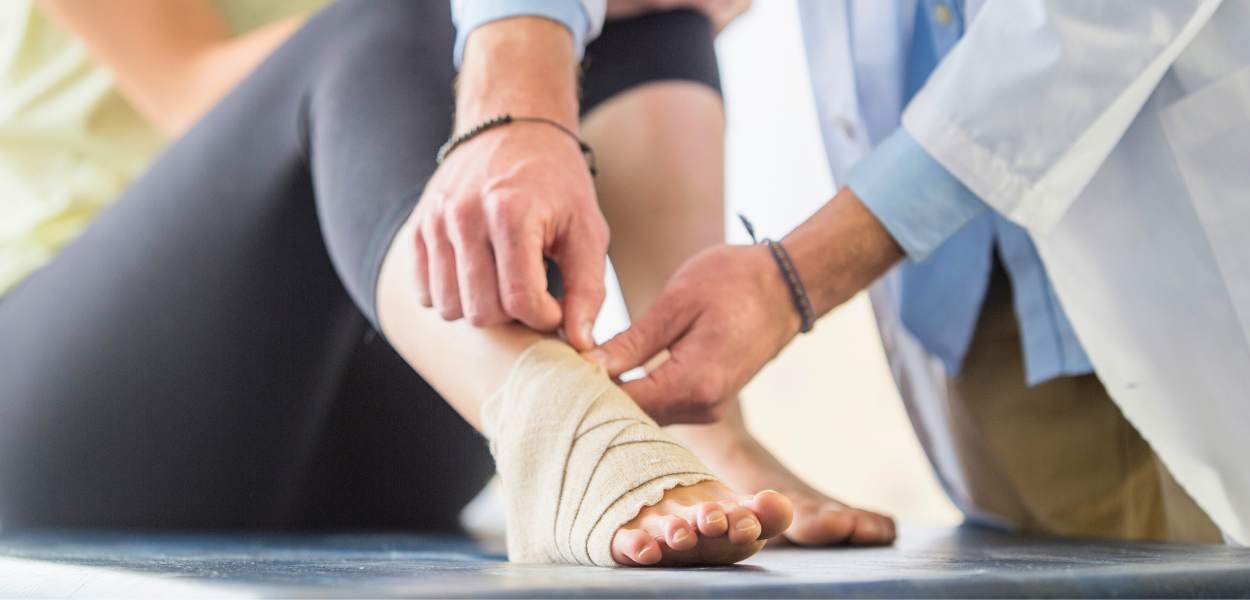What is Abdominal Separation (Diastasis Recti)?
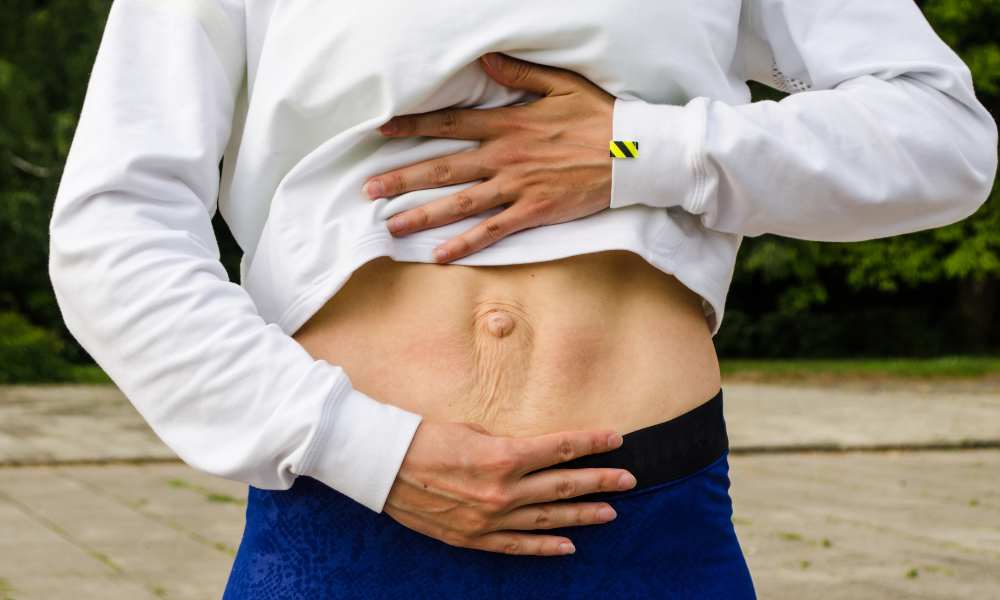
Pregnancy can be a breeze for some mothers, but for others, complications may arise. They can affect the mother’s health, baby’s health, or both. These complications can occur before, during, and after pregnancy.
One of the most common conditions post-pregnancy is abdominal separation, also known as diastasis recti abdominis (DRA). Diastasis recti is very common, affecting approximately 60% of mothers. 30% of those will still have it by 12 months postpartum.
Therefore, it’s important for women to receive medical care throughout her pregnancy to reduce the risk of complications.
What is Abdominal Separation / Diastasis Recti?
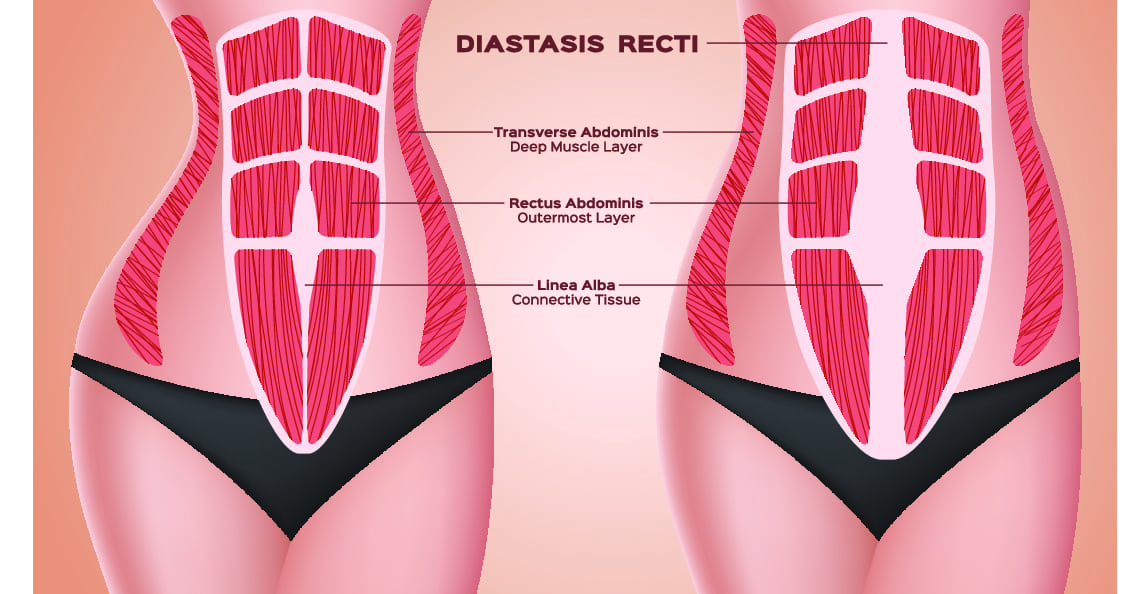
Abdominal separation, or diastasis recti occurs when the two sides of the “six-pack” muscles, the rectus abdominus become abnormally separated from each other via stretching or thinning of the connective tissue in the midline (the linea alba).
This gap leads to a weakened core, and can cause a variety of issues, such as poor posture, abdominal pain, back pain, and incontinence.
Why Does This Happen During Pregnancy?
During pregnancy, the uterus will continue to grow. As a result the body will naturally accommodate the growing baby.
As the uterus continues to grow, changes in hormones (relaxin) causes the linea alba to soften, so the abdominal muscles will become overstretched and weakened.
This is a natural process of pregnancy and is normal for all expectant mothers at 37 weeks gestation. After delivery, the uterus will gradually return to its normal size. The muscles will also realign themselves within 6 months.
However, if the abdominal muscles remain apart post-partum, this can become an issue – leading to the condition abdominal separation or diastasis recti.
How Do I Know If I Have It Post-Partum?
The most common signs of diastasis recti during the post-partum period include:
– A vertical bulge along the stomach, or midline of the abdomen
– Weakness and impaired function of the core muscles
– Softness or jelly-like texture in the area around your belly button
– Pelvic floor conditions
– Lower back, pelvic and hip pain
– Urinary incontinence / leaking
– Poor posture
Diastasis rectus itself is not painful, although you may feel weakness in your core when doing daily tasks that were usually easy, such as lifting objects.
A weakened rectus abdominis and diastasis recti can cause the core to destabilise, shifting the burden of support to the lower back and lumbar spine. Altered posture, can change the way certain muscles are used. Some muscles will thus be tight and overactive while others become weak and under active.
This results in lower back pain, poor posture and can make individuals more prone to muscle injuries.
Men and Athletes Can Also Experience Abdominal Separation
While it is a condition usually caused by pregnancy, men and women who have never given birth can also develop the condition due to:
Excessive abdominal exercises
Overdeveloped external core muscles
Incorrect recruitment of the abdominal muscles when lifting heavy weights
Excessive weight gain
Major abdominal surgery
Physiotherapy Treatment for Abdominal Separation
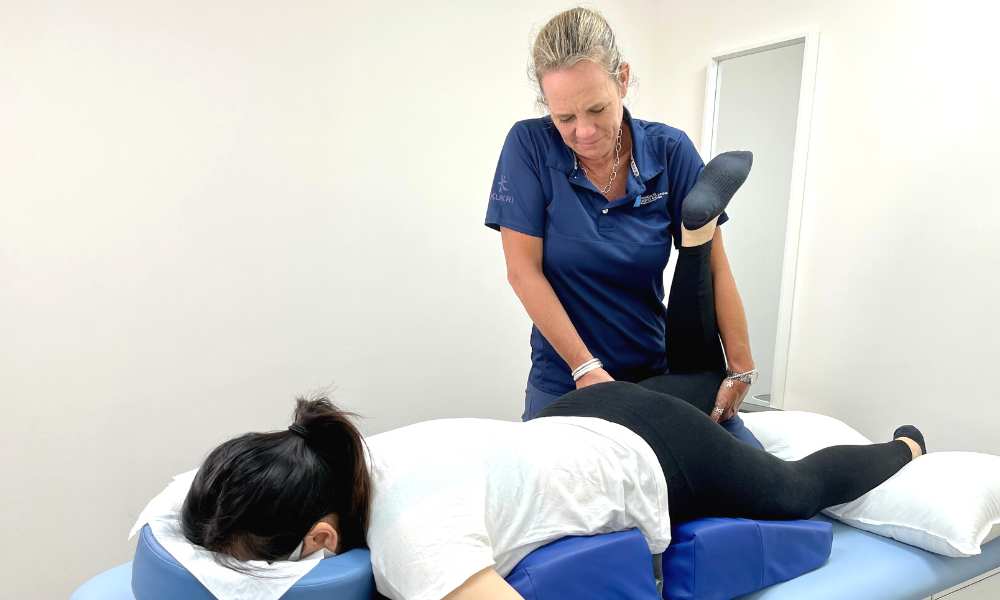
Diastasis recti can be treated with physiotherapy and prescribed exercises. The approach is different for each individual, based on the severity of the condition, the person’s symptoms, mobility and the number of weeks post-partum. Physiotherapy treatment does not involve medicine or surgery. Instead, treatment methods involve various modalities such as manual therapy and exercise therapy.
Depending on the diagnosis of your condition, our physiotherapists will determine a treatment and exercise & strengthening plan that is most suited to resolving your abdominal separation and helping you to get back to normal.
How Can I Prevent Diastasis Recti?
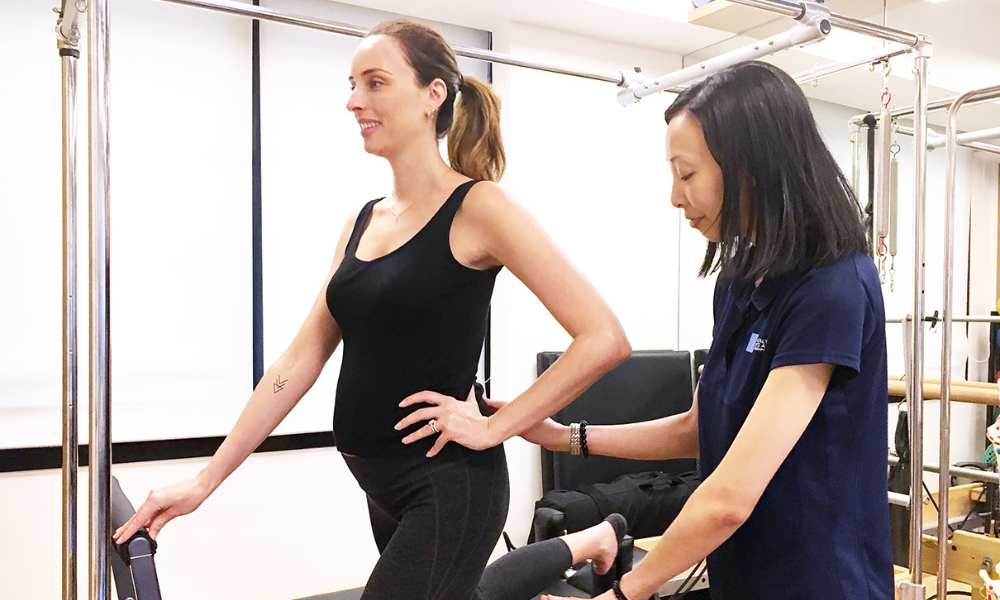
Some abdominal separation is normal and completely expected with pregnancy. There are several things you can do to help reduce the risk for developing diastasis recti:
Consistent Physical Activity & Abdominal Strengthening:
A study has shown that pregnant women who did abdominal exercises exhibited a significantly smaller separation of the rectus abdominis than those who did not. Regular physical activity and ab exercises performed correctly can help prevent or reduce the onset of diastasis recti.
Healthy weight gain during pregnancy:
Exercising and eating healthy foods to manage the pregnancy weight gain within healthy range.
Proper posture and deep breathing:
Stand up straight with your shoulders back. Take deep breaths that allow your ribs to expand and not just your belly.
Avoid strain if possible:
Certain day-to-day activities like lifting grocery bags or your children can put undue strain on your abdominals.
Is It Too Late to Fix Diastasis Recti?
No it’s never too late treat diastasis recti. With the proper treatment and exercise plan, the condition can be fixed even if it has been left untreated for years.
Need Help? Contact Us Today
At Prohealth Sports & Spinal Physiotherapy Centres, we offer hands-on treatments for abdominal separation or diastastic recti, post-natal conditions, as well as other women’s health conditions and musculoskeletal injuries.
Our team of physiotherapists are professional and experienced in working with clients with women’s health-related conditions. At Prohealth Sports And Spinal, we always strive to give the highest standard of physical therapy and care to help our clients achieve the best possible outcomes.
Our treatment plans are always personalised for each individual to each their maximum recovery potential.
If you would like an assessment either pre, during or post pregnancy, reach out to our physiotherapists who can help you and advice on any specific exercises.
For more information, contact us at +852 2530 0073, or email appt@sportsandspinal.hk.

